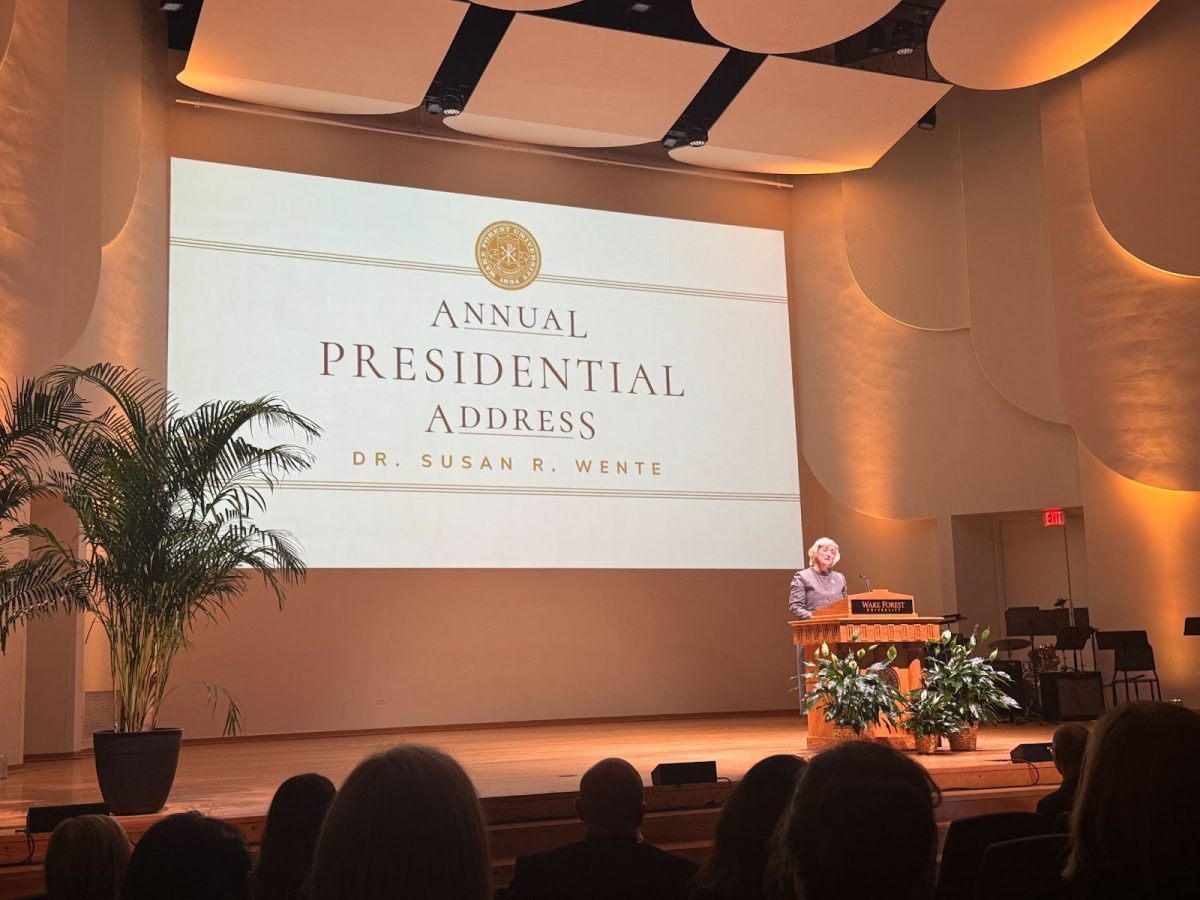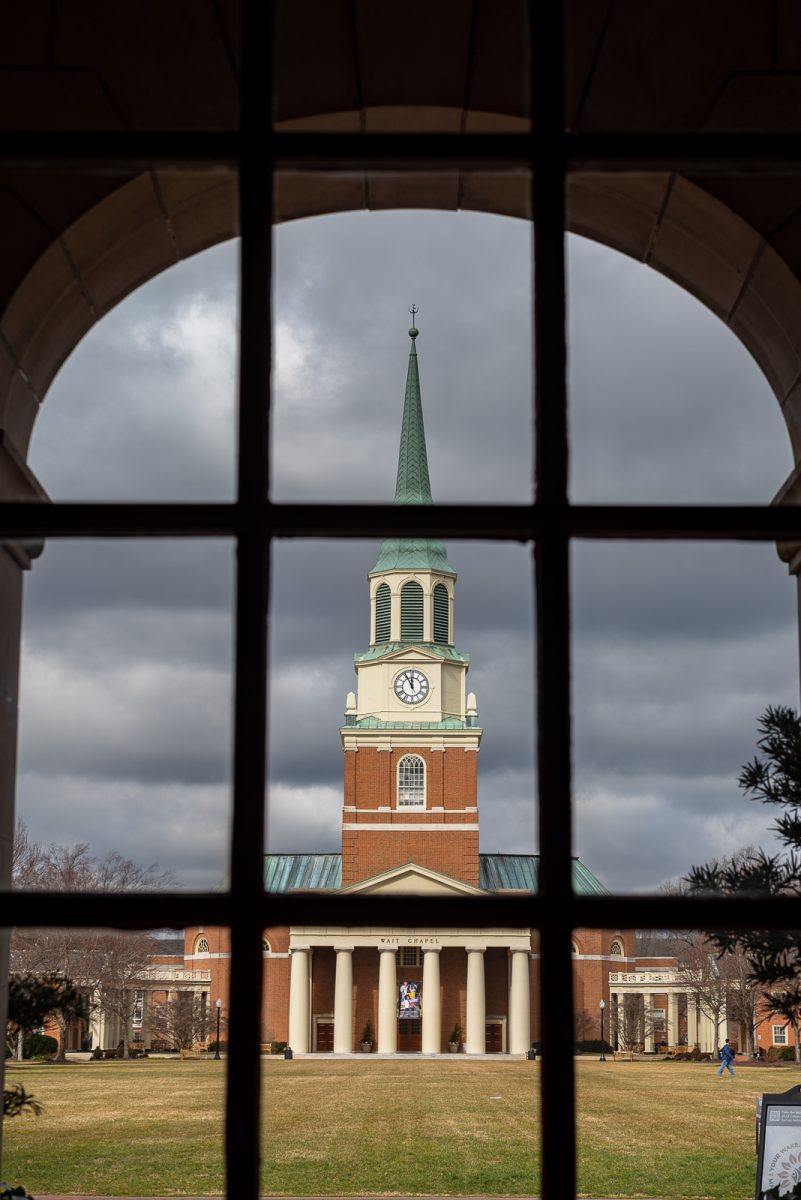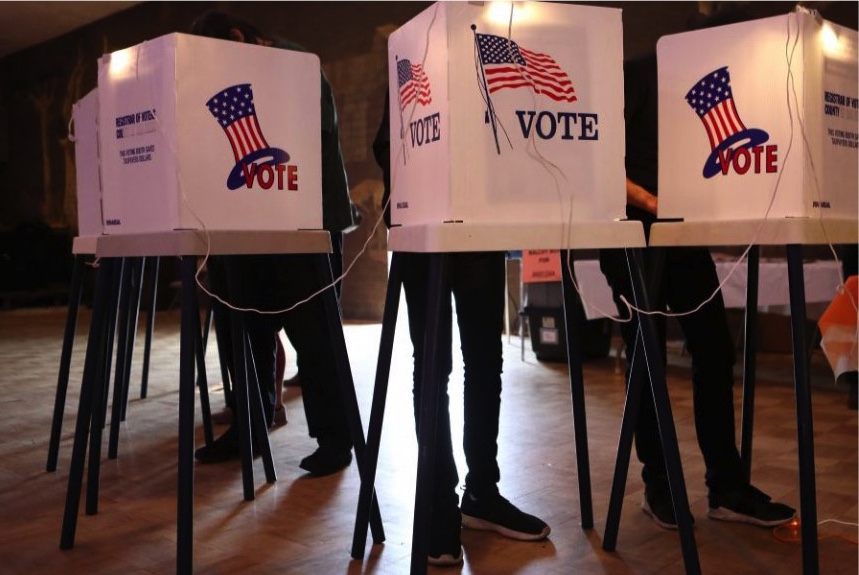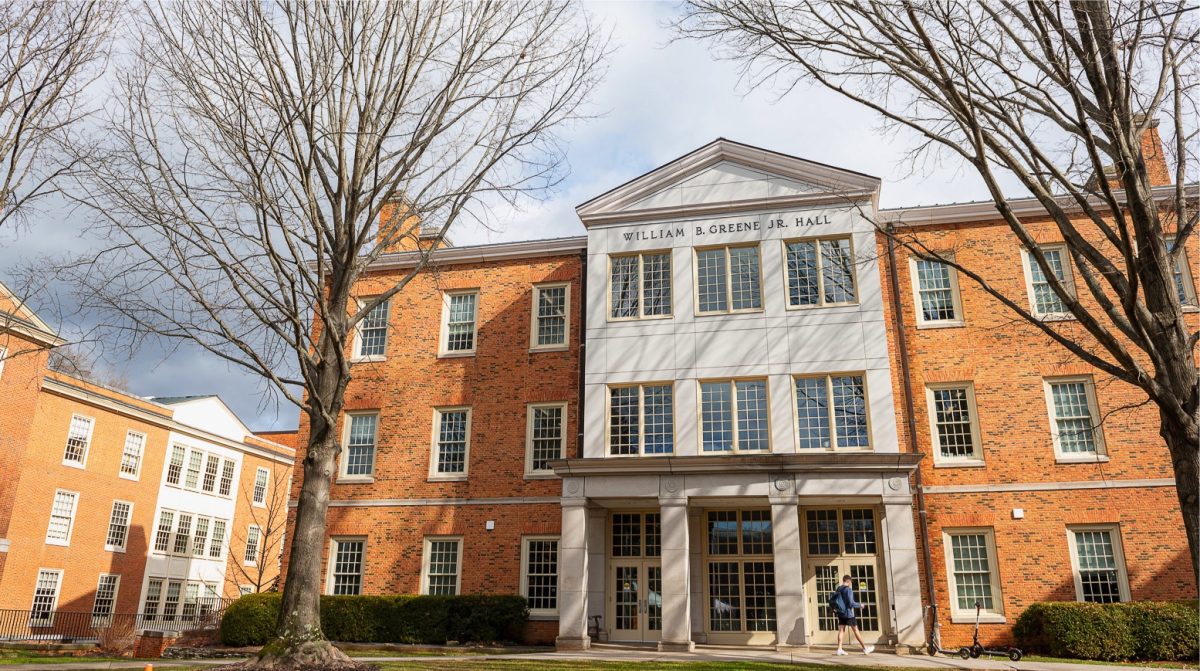This week, university officials addressed questions raised by an Old Gold & Black investigation into claims of racial bias in Wake Forest’s University Police Department.
The investigation found a large gap between the number of black and white students arrested on campus and discrepancies in a third-party report claiming there was no evidence of racial bias in the department.
In a series of interviews, members of the faculty and administration expressed their commitment to improve inclusion on campus and detailed the steps they have taken to do so.
“Our department has worked tirelessly to build on what we have learned and set new goals for improved community engagement,” said Chief Regina Lawson of University Police. “We have learned from past mistakes, are focused on the present and continue to work toward the future.”
Since the release of the Williams/Moss Report in August 2014 and the subsequent creation of the WFU Police Accountability Task Force in December of the same year, University Police has implemented policies to counteract a persistent sentiment of distrust among minority groups on campus. According to Lawson, these include a recent move from voluntary to mandatory bias training for all officers and a major shift in the management of large social events at places like the Barn, where reports of over-policing created a point of tension between black students and the WFUPD.
Vice President of Campus Life Penny Rue said officers who stop students for identification must now also conduct a field interview and file a report.
“This simple act of documenting and talking to a student inserts judgment into the mix and prevents unconscious bias on the part of the officer,” Rue said. “We haven’t received a single bias report against University Police since late 2014. That doesn’t mean the problem is completely resolved, though. I encourage students who feel they have been profiled to file a bias report.”
Opinions differed on the merits of the Williams/Moss Report.
The report was written by two retired police chiefs working with the consulting firm Developmental Associates. They analyzed arrest statistics provided by the WFUPD to look for evidence of racial bias.
The statistics provided in the report indicated a trend from 2007-2014, in which black students were arrested at a rate nearly four times higher than their demographic representation on campus.
Kami Simmons, a professor at Wake Forest’s Law School and the chair of the WFU Police Accountability Task Force, voiced her concern.
“In my experience, when you see statistics like that, it’s troubling, and you want to take efforts to close that gap,” Simmons said. “My hope is that some of the things that we are beginning to do — and it is a long process — will allow us to move forward and close that gap. Whether it’s intentional or not, it’s still a gap.”
Rue, who commissioned the report, said that while the racial discrepancy in arrests is high, the overall number of arrests remained low.
“It’s really hard to generalize about these statistics on a larger scale without a larger sample,” she said. “Only 68 people were arrested in the time frame analyzed in the report. That’s fewer than 10 arrests per year.”
After speaking with students and faculty about their experiences with University Police, the report concluded that “none of the allegations [of racial bias] rose to the level of actual racial bias,” and that “the race of arrestees by the WFUPD is in accord with organizations and we see no bias as it pertains to the issue of race in arrest situations.”
However, the report’s methods and its conclusions sparked controversy from both students and faculty.
“I don’t support the conclusions in the Williams/Moss report for several reasons,” Student Body President Adam Hammer said. “Comparing the statistics in the report to our peer institutions is both qualitatively unsound and problematic. It merely proves racial bias is prevalent in our communities and high-education institutions across our country.”
When asked for comment, Rue said she did not support the report’s conclusions, and that she would be willing to meet with students to consider removing the report from the WFUPD website or providing a disclaimer expressing general disagreement with the report’s assertions.
Provost Rogan Kersh acknowledged the controversy surrounding the report.
“If there’s sentiment that the report so misses the mark that we need to commission a second report that is done by more statistically able people, I can imagine going down that path,” he said.
“I understand the problems with the report, and I think it has caused a large lack of confidence in the campus community,” said Simmons. “I hope that the measures we are taking will help us rebuild trust on this campus.














